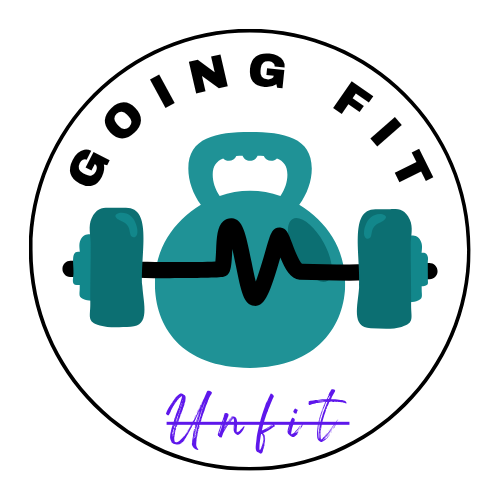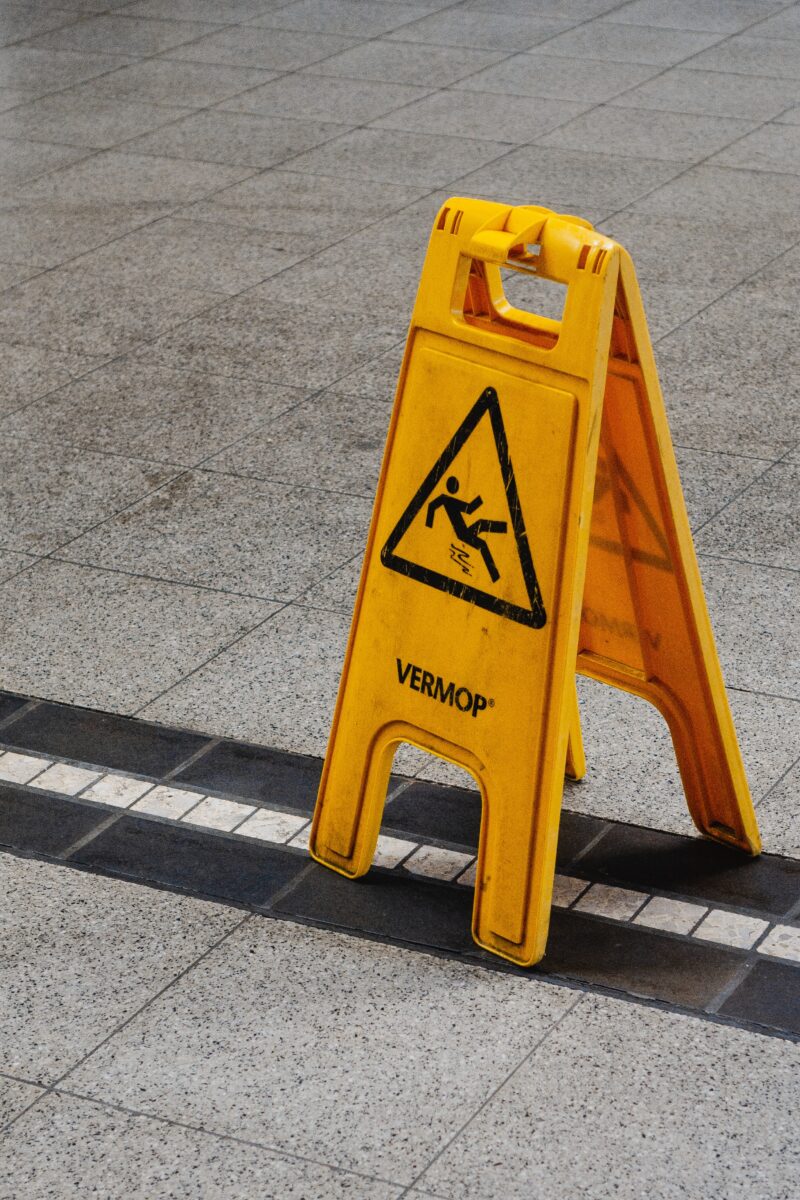In the hustle and bustle of daily life, a slip and fall in a store can catch anyone off guard, leaving physical discomfort and a trail of questions on what to do next. Whether it’s a wet floor, a misplaced item, or another hazard that led to your fall, understanding the steps to take in the immediate aftermath is vital. In this guide, we’ll explore seven essential steps to help you navigate the aftermath of a slip and fall incident in a store.
1. Prioritize Your Safety After Falling
In the immediate aftermath of a slip and fall, your paramount concern must be your safety. Dedicate time to conducting a thorough self-assessment for injuries and carefully evaluate your immediate surroundings.
If mobility allows, navigate cautiously to a secure location, distancing yourself from potential hazards or obstacles. In cases of severe injuries like a head injury or the potential for further harm, seeking immediate medical attention is not just advisable but imperative, prioritizing your well-being at the forefront of your actions.
2. Report the Slip and Fall Incident
Swiftly and decisively, notify the store management or staff about the incident, underscoring the urgency of the matter. When relaying the details, offer a clear, accurate account of the events. Timely reporting holds significant weight, as most stores have established protocols for handling accidents on their premises.
Reporting things quickly helps solve them faster and makes it easier to take the right steps afterward. Documenting everything soon after it happens sets you up for a smoother process if there are any legal or procedural issues later on.
3. Document the Scene
If there’s ever a time you need a cell phone camera, it’s after an accident. Following a slip and fall, meticulously documenting the scene by capturing photographs of the specific area where the incident occurred. Thoroughly record potential hazards, such as wet floors, uneven surfaces, or obstacles that might have contributed to the fall.
It’s super important to take detailed notes about the incident, including the lighting conditions and anything that might have made it hard to see. This way, we can be crystal clear about what happened and have solid evidence if we need it for legal stuff.
4. Consult with a Personal Injury Attorney
For a comprehensive understanding of your rights and available options, it is advisable to seek consultation with a personal injury attorney. A qualified attorney can assess the unique circumstances surrounding your slip and fall, guiding you through potential legal actions and determining the best course of action based on the specifics of your case.
Their expertise ensures that you are well informed and equipped to navigate any legal implications stemming from the incident. Consulting with an attorney provides a proactive and informed approach to addressing potential legal consequences, offering a solid foundation for any necessary legal actions.
5. Collect Information From Witnesses Who Saw You Fall
If witnesses observe a slip-and-fall incident, get their contact information. Witness statements can significantly bolster your case if legal action becomes necessary.
The observations of witnesses can offer additional perspectives on the environmental conditions that led to the accident, providing valuable insights and strengthening your position in potential legal proceedings. Actively collecting this information demonstrates a proactive approach to building a comprehensive case.
6. Seek Medical Attention For Your Slip
Even if initial injuries seem minor, prompt medical attention is crucial. Some injuries may not manifest immediate symptoms, and a thorough examination by a medical professional is essential.
Seeking medical care promptly ensures immediate well-being and establishes a documented record of injuries. This documentation is pivotal for any potential legal or insurance claims. Demonstrating a responsible approach to health and proactively seeking medical attention contributes to a comprehensive record of the incident.
7. Preserve Evidence
Demonstrate diligence in preserving evidence connected to the incident. Preserve clothing, especially if it exhibits signs of the conditions that led to the fall. Maintain meticulous records of all medical treatments received and expenses incurred due to injuries.
Thoroughly preserving evidence is essential for strengthening your position if you plan to take legal action. It provides a clear and detailed account of the incident, enhancing the credibility of your case and positioning you strongly in any legal considerations.
Final Thoughts
If you experience a slip and fall in a store, it can be a scary situation. However, it’s important to act quickly and decisively to handle the situation effectively. By following the seven steps provided in this guide, you’ll be able to address any immediate concerns, gather necessary information, and get the help you need.
Remember, your well-being is of utmost importance, and understanding the right steps to take can contribute to a smoother resolution in the aftermath of a slip and fall incident.






Thank you for sharing this
I slipped and fell in a store, but I knew it was my fault. It was summer time. I had flip flops on. I stopped at a store to run in and get some thing that I forgot. I didn’t see the puddle of water and I went down hard. The store manager came over to see if I was ok. I didn’t know how hurt I was until the next day. Everyone was saying that I should sue. That it didn’t matter what I was wearing that there was still water on the floor. I didn’t sue. I thought it was senseless.
Thank you for not suing! People these day sue over the silliest things. They were at fault though having water on the floor.